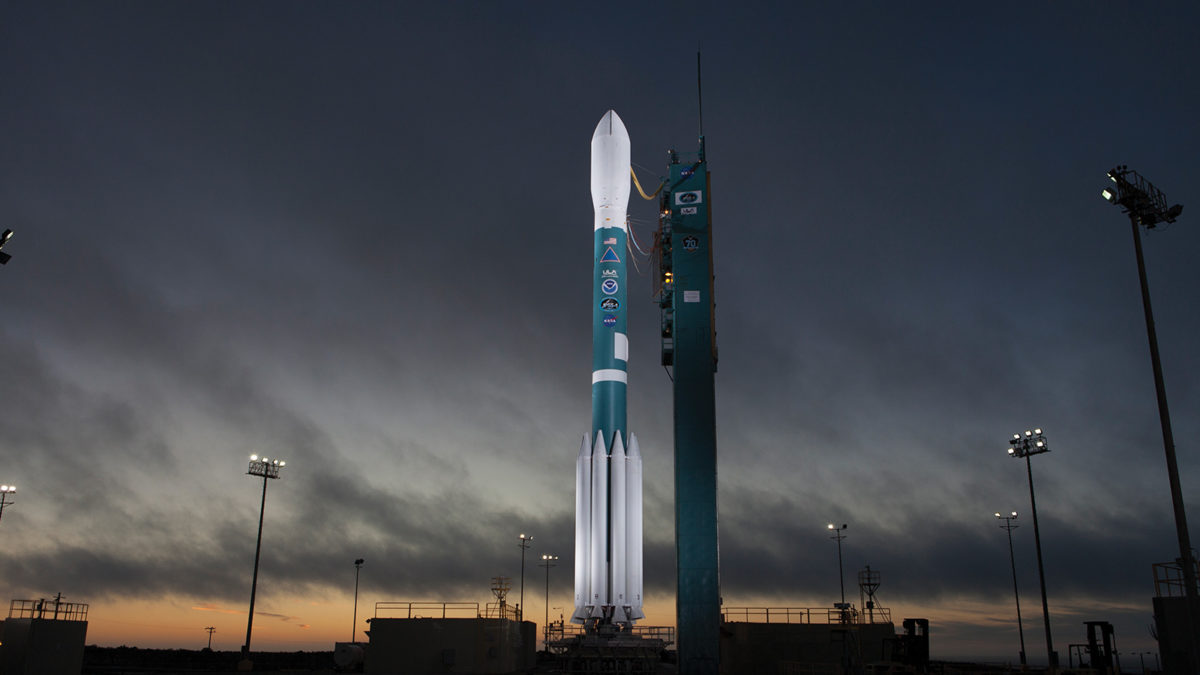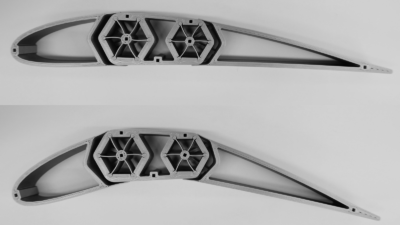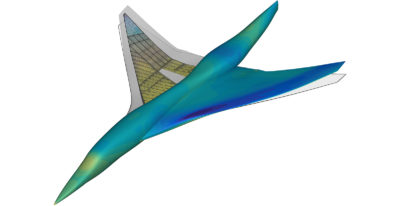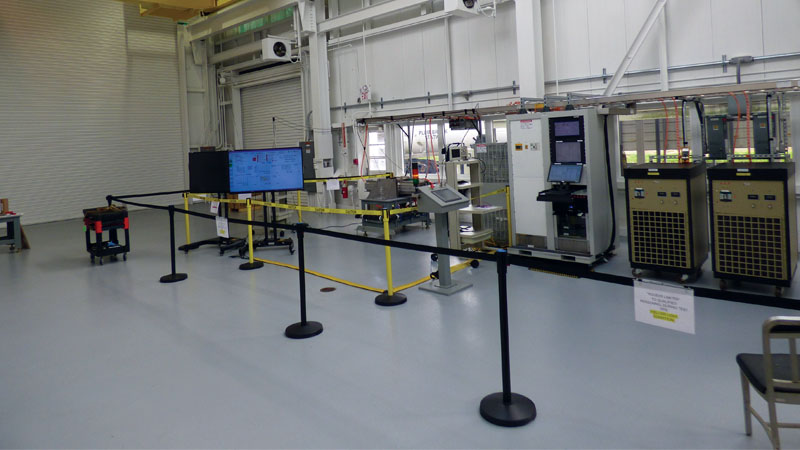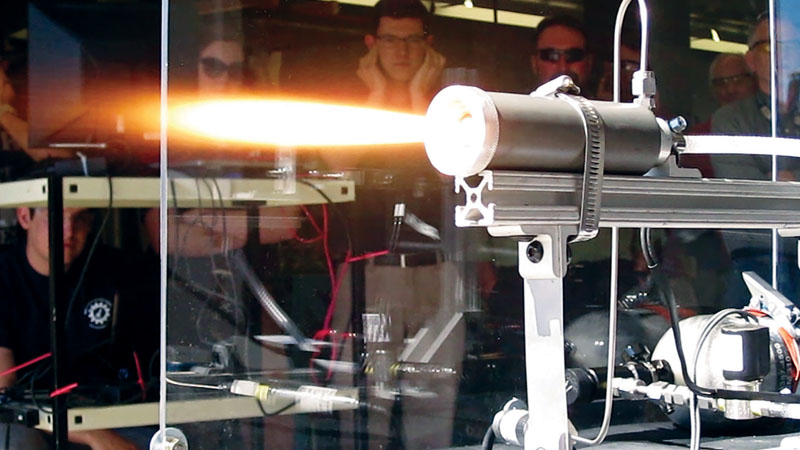Small and large launch companies report successes
By Dale Arney|December 2018
The Space Transportation Technical Committee works to foster continuous improvements to civil, commercial and military launch vehicles.
After its record 18 Falcon 9 launches in 2017, SpaceX was on pace in November to surpass that number in 2018. SpaceX flew the final Block 4 version of the Falcon 9 in June, while the final Block 5 version optimized for reusability debuted in May. That same core was reused within three months. The first flight of SpaceX’s Falcon Heavy in February launched a Tesla Roadster beyond Mars orbit. The Falcon Heavy was later certified to deliver national security payloads and was selected to launch an Air Force satellite in 2020.
United Launch Alliance, or ULA, added to its record with launches of the Atlas 5, Delta 4 M+ and Delta 4 Heavy. ULA also launched the final Delta 2 in September, ending its 29-year run after 155 launches. In August, Russia’s Energomash signed a contract to sell RD-180 engines to ULA to power six additional Atlas 5 launches beyond 2020. In May, ULA selected Aerojet Rocketdyne’s RL10 engine to power the second stage of its Vulcan Centaur heavy lift vehicle set to debut in 2020.
Blue Origin continued to test its New Shepard suborbital rocket, reusing the vehicle first flown in 2017. The BE-4 engine that will power the first stage of Blue Origin’s future New Glenn orbital launch vehicle passed its technical tests, and the BE-3U upper stage engine underwent a hot-fire test in August.
Hardware for NASA’s Space Launch System, or SLS, designed to send astronauts to the lunar vicinity in the 2020s, continued its progress this year. Aerojet Rocketdyne began fabricating long lead items for six new RS-25 engines for use after the fourth SLS flight. In August, the mobile launch tower made a test trip between the Vehicle Assembly Building and Launch Pad 39B at NASA’s Kennedy Space Center.
SpaceX and Northrop Grumman Innovation Systems, formerly Orbital ATK, delivered cargo to the International Space Station with launches of the Falcon 9 and Antares 230, respectively. The launch in May marked the third flight of the Antares 230. SpaceX and Boeing continued development of their systems to deliver crew to ISS.
Interest and capital investment in small launch vehicles continued to increase this year, with 101 active small launcher companies identified during the Conference on Small Satellites in August. The final test flight of Rocket Lab’s Electron launcher was completed in January ahead of its first commercial launch planned for late 2018. Virgin Galactic’s SpaceShipTwo suborbital passenger vehicle underwent flight demonstrations this year, with a July flight setting records in both altitude (52 kilometers) and speed (Mach 2.47).
In August, China launched its 23rd rocket of 2018, breaking its previous record of 22 launches set in 2016. Private Chinese launch companies grew closer to operations, led by 2018 demonstrations of vehicles developed by companies OneSpace and i-Space. In June, the European Space Agency agreed to fund the development of the Ariane 6, set to launch in 2020 to replace the Ariane 5. Arianespace’s Vega launch vehicle flew its 12th mission in August. In June, Russian space agency Roscosmos announced it would stop producing Proton rockets, which first launched in 1965, to focus efforts on its Angara.
In addition to the RL10 and RS-25, Aerojet Rocketdyne assembled the first AR-22 engine in June and tested key elements to a 13-kilowatt Hall thruster for NASA in August. The AR-22 supports DARPA’s Phantom Express spaceplane, which has test flights expected in 2020.
Photo: A United Launch Alliance Delta 2 sits on the launch pad Sept. 15 at Vandenberg Air Force Base in California before delivering the vehicle’s final payload. Credit: NASA

